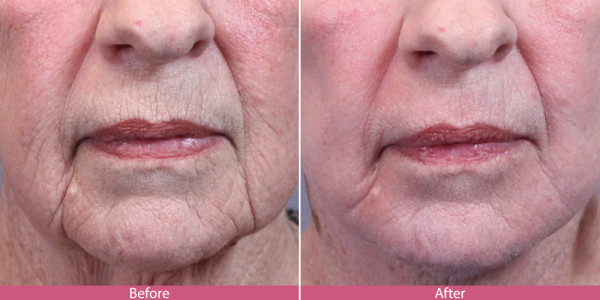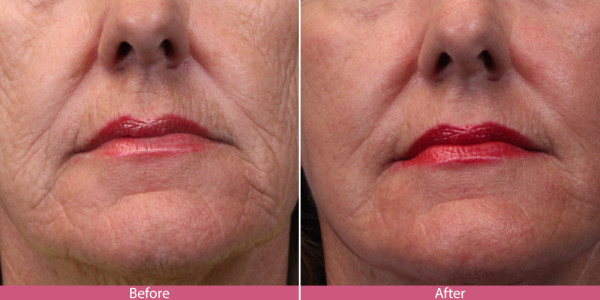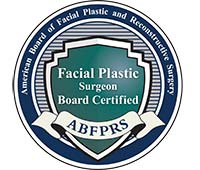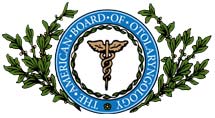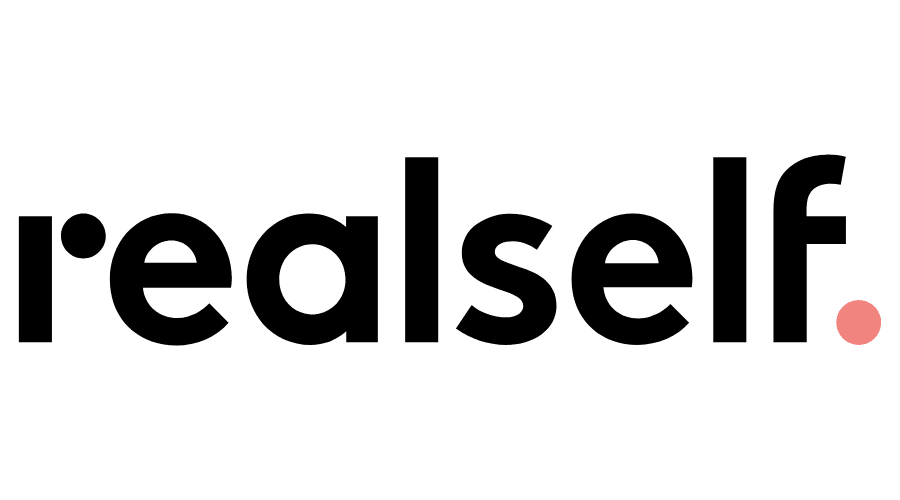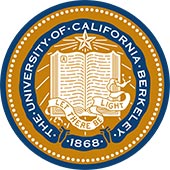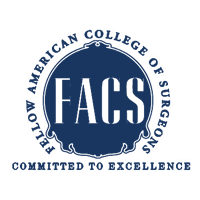Tired of blotchy and wrinkly facial skin?
Fractionated CO2 Laser Skin Resurfacing
Real Patient Photos*
A Few Reasons to Choose Facial Beauty
Low Risk Procedures
Every procedure requires some for of anesthesia and traditionally this is a General Anesthesia, meaning you are completely knocked out. At Facial Beauty, we utilize cutting-edge local anesthesia procedures where you are not fully knocked out but completely comfortable. The advantage of Local Anesthesia that there are less complications & faster recovery time. Our procedures generally take from an hour and thirty minutes to no more than three hours, allowing us to dramatically reduce any risk involved in the procedure.

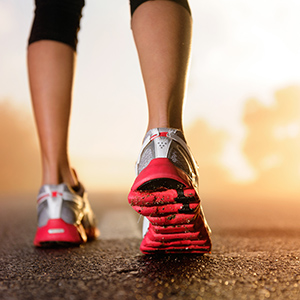
Limited Downtime
The biggest drawback to major facial surgery is the downtime. While recovery time can vary case by case, generally patients can return to work between seven to ten days after the procedure. We do everything we can for our patients to get you back to your family and back to your daily life of activity & exercise as soon as possible.
Simple & Affordable Financing
At Facial Beauty, we offer low monthly payment plans and pre-qualifications for any additional treatments, affordability has never been easier. If you’ve ever let financing stand in your way of a new you, come talk to us about options you may not know you had. We can even do pre-approvals over the phone so please feel free to contact us anytime.

Frequently Asked Questions
What does the procedure involve?
- Commonly performed under local tumescent anesthesia with mild oral sedation.
- No incisions.
- Skin cleansed of oils.
- Fractionated CO2 laser resurfacing delivered to the desired areas of the face, neck or chest.
- Procedure takes 30 to 45 minutes.
- Performed by a specialized and expert facial rejuvenation and laser Surgeon.
- Skin care including aquafor or Vaseline application needed post-operatively.
What are the typical underlying anatomical problems?
- Skin changes, ages, and becomes damaged, both the Epidermis layer and the deeper dermis layer.
- Epidermis becomes thinner, scaly, and dry with time and sun damage, unable to repair itself.
- Skin is less flexible, less recoil.
- Loss of skin integrity.
- Dermis becomes thinner.
- Loss of underlying nutrient dermal fat layer.
- Collagen in the dermis becomes less organized and diminished in quantity and quality.
- Sun-damaged related skin thinning, aging, and wrinkling.
- Loss of repair capabilities of the skin.
- More keratosis and moles appear.
- Development of actinic keratosis and premalignant lesions.
What are the anatomic changes achieved with fractionated CO2 laser treatment?
- Tightening of the skin.
- Repair of sun damage.
- Skin more flexible, better recoil.
- Epidermis and Dermis become thicker.
- Collagen in the dermis increases and becomes more organized.
- Reduced keratosis, reduced moles.
- Reduction of wrinkles, elimination of fine wrinkles.
- Reduction of hyperpigmentation and blotchiness.
- Reduced actinic keratosis and premalignant lesions.
What type of laser do you use?
- There are many lasers available for skin resurfacing and rejuvenation, and our center has multiple laser technologies.
- We chose the Lutronic® eCO2 Fractionated laser for aesthetic skin rejuvenation and resurfacing.
- State-of-the-art fractionated CO2 laser technology.
- Successful treatments on 1000s of patients.
- Fractionation technology has provided a significant reduction in risk when compared to traditional CO2 lasers.
What type of anesthesia do you use?
- Topical anesthesia in some instances.
- Commonly performed under local tumescent anesthesia with mild oral sedation.
- IV sedation or general anesthesia with local anesthesia in selected instances.
- Patients are comfortable.
What is a typical recovery time?
- Mild to moderate swelling for 2 – 4 days.
- Refrain from driving, watching television, or reading for 2-3 days post treatment.
- Able to return to work by 5-7 days post-operative.
- Socially acceptable with makeup by 7-10 days.
- Resume normal exertional activity, aerobics, and jogging, after 2 weeks.
What is the recovery like?
- Some pain medication needed the first 1 -2 days.
- Mild to moderate swelling, moderate redness, and pinpoint scabbing for the first 2- 4 days.
- Redness persists for several days and becomes light pink at 1 week.
- Patients are active and functional at home the day after the procedure.
- Swelling typically last up to 3-5 days.
- Full exertional activity (aerobics, jogging) after two weeks.
- Socially acceptable generally by 7-10 days with makeup.
- Makeup can be applied after 7-10 days to hide the pinkness.
- Facial pinkish hue persists for 2 weeks or more and does well with makeup cover.
- Pinkness/redness resolves in several weeks.
- Refrain from sun exposure for up to 6 weeks or more.
What can I do to help my recovery?
- Aquaphor or Vaseline application vigorously to the treated areas 3 to 5 times a day. Do not let the areas become dry or scabby. Provide continuous application for 1-2 weeks.
- Cold compresses used sparingly to treated areas to alleviate discomfort for 48 hours.
- Do not irritate the treated areas; no scratching or rubbing.
- No rejuvenation skin care for 6 weeks.
- No exertional activity. No lifting, jogging, or running for 2 weeks.
- Head of bed elevation during sleep at 30-degree angle for 2 weeks.
- Take prescribed medications according to directions.
- Refrain from sun exposure for up to 6 weeks or more.
- After 2 weeks: sunscreen, on a continuous basis.
Routine post-operative instructions?
- Aquaphor or Vaseline application vigorously to the treated areas 3 to 5 times a day. Do not let the areas become dry or scabby; provide continuous application for 2 weeks.
- Cold compresses used sparingly to treated areas to alleviate discomfort for 48 hours.
- Use a mild soap and running water over wounds, and blot for cleansing.
- No rejuvenation skin care for 6 weeks.
- Do not irritate the area: no scratching, no unapproved creams or ointments.
- No exertional activity. No lifting, jogging, or running for 2 weeks.
- Head of bed elevation during sleep at 30-degree angle for two weeks.
- Take prescribed medications according to directions.
- Acyclovir medication for viral outbreak prevention.
- Refrain from sun exposure for up to 6 weeks or more.
- Refrain from reading, driving, or watching television for 2 to 3 days post-operative.
- Call physician if you develop any blisters (viral outbreak).
- After 2 weeks: sunscreen on an ongoing basis.
What factors have worsened the aging and damaged changes to the skin?
- Advancing age.
- Moderate past sun exposure.
- Chronic smoking.
- Prolonged moderate stress (ex: divorce).
- Hormonal factors.
- Scarring.
- Acne scar deformity.
- Poorly controlled medical conditions (i.e. diabetes, cardiac disease), chronic illness.
Are there any procedures typically performed along with a Fractionated CO2 laser resurfacing?
- Common: Natural lift, or minilift.
- Fat grafting.
- Brow lift.
- Upper blepharoplasty.
- Lower blepharoplasty.
Are there other alternative procedures to provide skin resurfacing and rejuvenation other than Fractionated CO2 laser resurfacing?
- Mild, medium, or deep-depth chemical peel (i.e. trichoracetic acid).
- Dermabrasion.
- Ulthera (skin tightening, no resurfacing)
What are typical motivations for a Fractionated CO2 laser resurfacing?
- Individuals motivated to look their best.
- Individuals who really care about their skin.
- Appearing older than you feel.
- Loose skin and desire for skin tightening.
- Dissatisfied with overall aging appearance.
- Unsatisfactory appearance when looking in the mirror.
- Overall tired look; tired appearing face and weathered skin.
- Fine facial wrinkling.
- Mild to moderate or severe facial wrinkling.
- Sun spots, blotchiness.
- Moderate or severe sun exposure and skin damage.
- Coarse skin.
- Hyperkeratosis and nevi (moles).
Who are good candidates?
- Individuals motivated to look their best.
- Individuals desiring to freshen skin appearance.
- Individuals dissatisfied with their skin appearance and appearance of looking older than they feel.
- Healthy individuals.
- Long-term sun exposure.
- Facial aging.
- Individuals motivated to feel their best about themselves.
- Individuals frustrated by the changes that have occurred to the skin, particularly after significant sun exposure.
- Patients dissatisfied with their skin texture and skin appearance.
How old are most patients?
- 30 to 85 years old.
- Common, 45 to 75.
How experienced are the surgeons?
- Board-certified Facial Plastic and Reconstructive Surgeon.
- Double board-certified (Otolaryngology-Head and Neck Surgery)
- Expert laser surgeon who performs over 100 laser procedures a year.
Are there any reasons why I should not have a fractionated CO2 laser resurfacing?
- Light sensitivity.
- Autoimmune disease.
- Previous radiation therapy to the face for cancer.
- Mild to moderate cardiac or pulmonary disease.
- Other significant medical illness.
- Active skin condition.
- Recent sun exposure and tanning.
- Upcoming planned vacation to sunny Mexico, or Hawaii.
- Absence of desire to refrain from sun exposure after the procedure.
- Previous bad reaction to CO2 laser treatment.
A message about laser resurfacing from Dr. Santos:
Pristine, silky, and smooth skin is the hallmark of youth and facial beauty. Loss of our youth and beauty happens because of aging and because of exposure to a number of harsh elements over the years. Specifically, sun exposure can significantly damage of the skin, cause sun spots, wrinkling, keratosis, blotchy age spots, weathered appearance and loss of skin tone and texture. There is a loss of fat, loss of elasticity, and loss of youthfulness and aesthetic attractiveness. Other contributing factors causing damaged and aging skin includes time related ageing of the skin, poor nutrition, smoking, and medical illnesses. Also, our facial skin beauty is an indicator of how healthy we are. Healthy skin suggests a healthy mind and body. Thus it can be said, that as the facial skin health goes, so goes the health of the individual.
For those individuals who want to make a substantial improvement in their overall facial skin youthful appearance, fractionated CO2 laser treatment has become the number one option. For decades, laser skin resurfacing has been a wonderful treatment to improve the youthfulness and restore and rejuvenate facial skin. Fractionated CO2 laser is safe and improves skin tone, skin texture, also softens acne scars, removes fine wrinkles, and improves the coarseness of the wrinkles of the folds of the face. What is very attractive about fractionated CO2 laser treatment is that it provides skin tightening as well.
CO2 laser skin resurfacing is a very powerful tool and the gold standard for rejuvenation of facial skin. Specifically, the addition of fractionation to CO2 laser treatment technology has brought greater safety and efficacy to skin resurfacing. Fractionation laser treatments deliver laser to only a “fractional” portion of the skin surface, therefore leaving a small bridge of untouched skin in between the treated areas. This untouched skin provides an excellent source for fast rejuvenation of skin during the healing process. The healing process is therefore faster and enables the individual patient to return to normal activities quicker, and the potential risk for complications such as persistent redness diminishes. Fractionated CO2 laser, provides a significant improvement in wrinkling, redness, blotchiness, brown spots, keratosis, and bumps and lumps. Although there are a variety of techniques available for facial skin rejuvenation, and indeed there are multiple aesthetic lasers, the fractionated CO2 laser system provides the time-tested, dependable, and successful facial rejuvenation and is the most desirable tool for improvement in one’s facial skin health.
Laser resurfacing is often performed concomitant with other rejuvenation procedure such as blepharoplasty and facelift. Facelift or natural lift techniques can provide reduction of wrinkling and smoothing of the sagging of the face and facial tissue, but the skin itself is best improved by laser resurfacing techniques. Areas of the face that are nicely improved include the lower eyelid wrinkling, the vertical rhytids of the mouth and upper lip, and diffuse wrinkles to the cheek. Facelift alone provides significant improvement for jowls, and neck laxity, but will not provide improvement in skin integrity and texture.
Individual customization for each individual is standard for skin rejuvenation programs and complementary supplemental treatments of chemical peels and skin treatments of IPL and skin care lotions are an important element of the overall success of the facial skin rejuvenation programs. Results depend on the specific general health of the skin, general health of the individual, type of skin, the amount of past sun exposure, and the amount of past smoking. The overall aspiration of laser skin resurfacing is to improve the elasticity, tighten the skin, reduce the wrinkling, and provide an overall appearance of more uniformity and youthfulness of skin. The skin will be better, but not all the elements of damage will be removed or resolved.
Sincerely,
Dr. David Santos
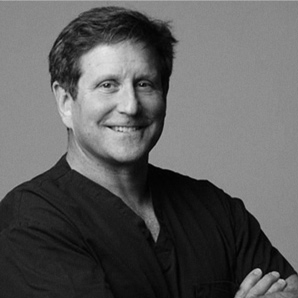
David Santos MD, FACS
Dr David Santos was the Medical Director for Lifestyle Lift, responsible for hundreds of facelift surgeons and thousands of procedures. Having performed over 4,000 facelift procedures himself, Dr. Santos is committed to finding cutting edge techniques to reduce the risk and minimize the downtime of facelift procedures.
- Member American Board of Facial Plastic and Reconstructive Surgery
- Member American Board of Otolarnyngology – Head and Neck Surgery
- Member American Academy of Facial Plastic and Reconstructive Surgery


